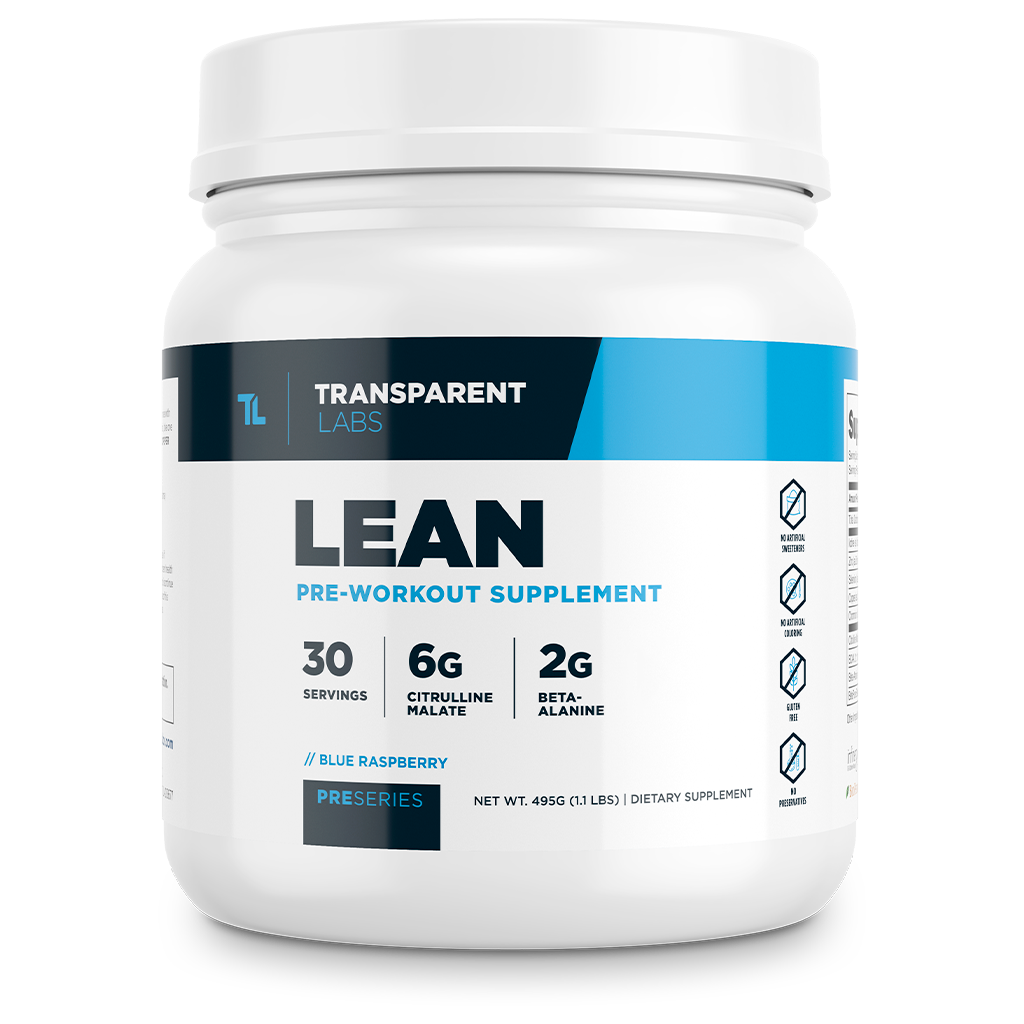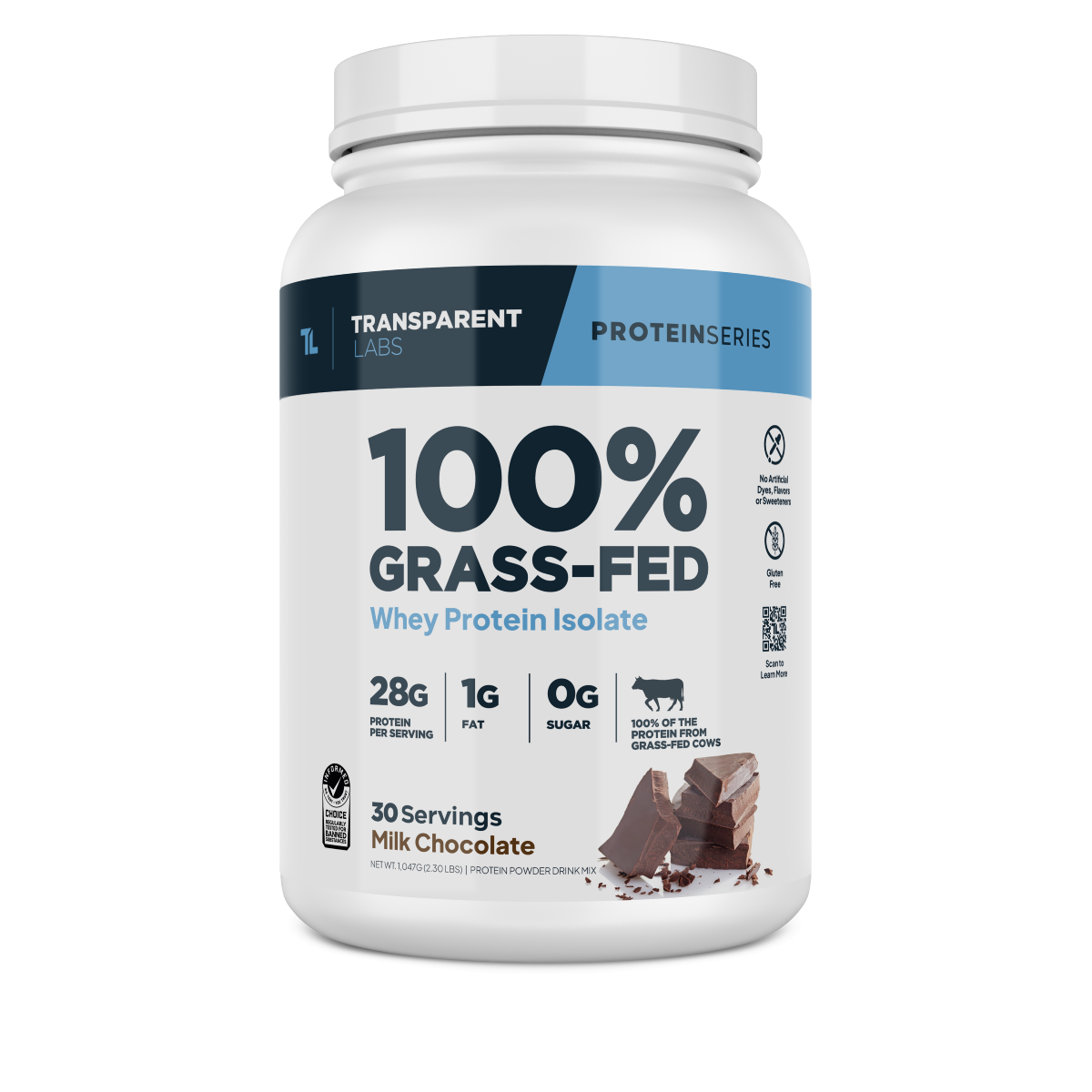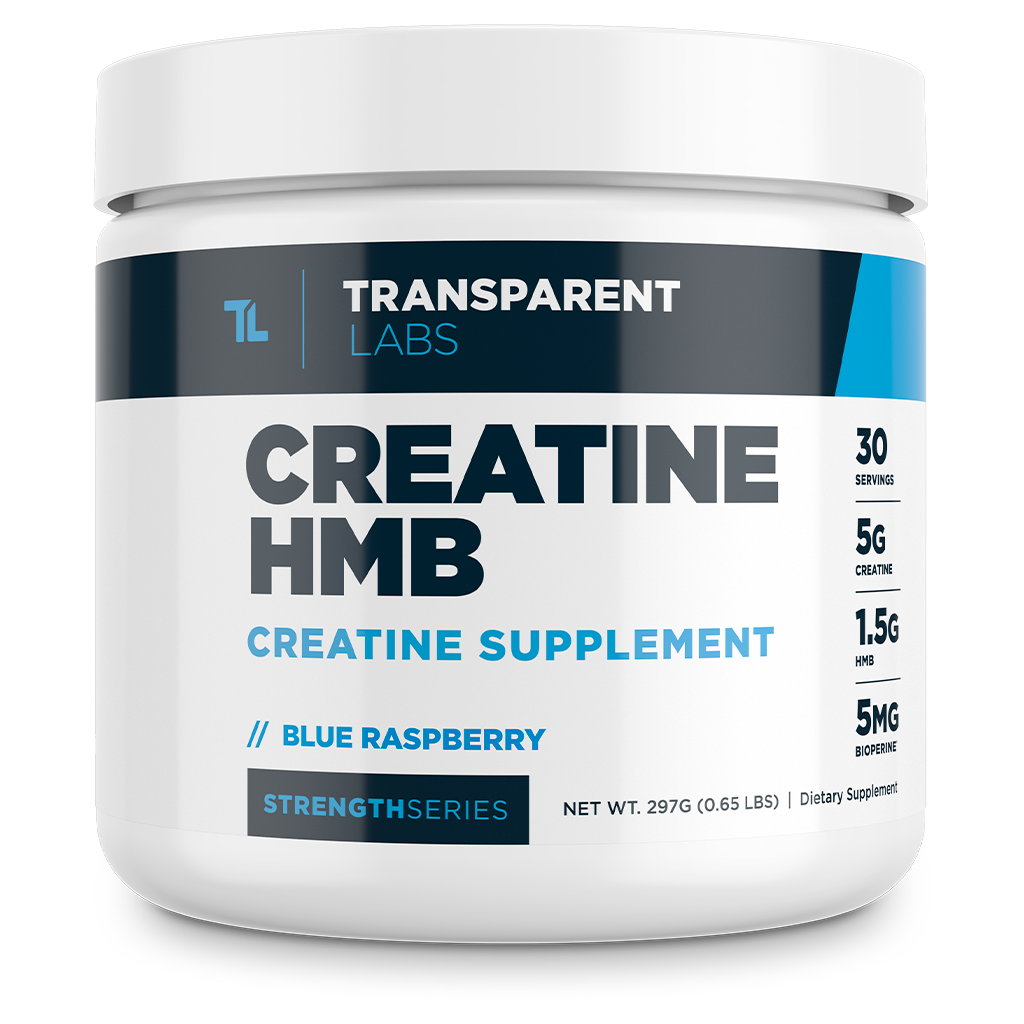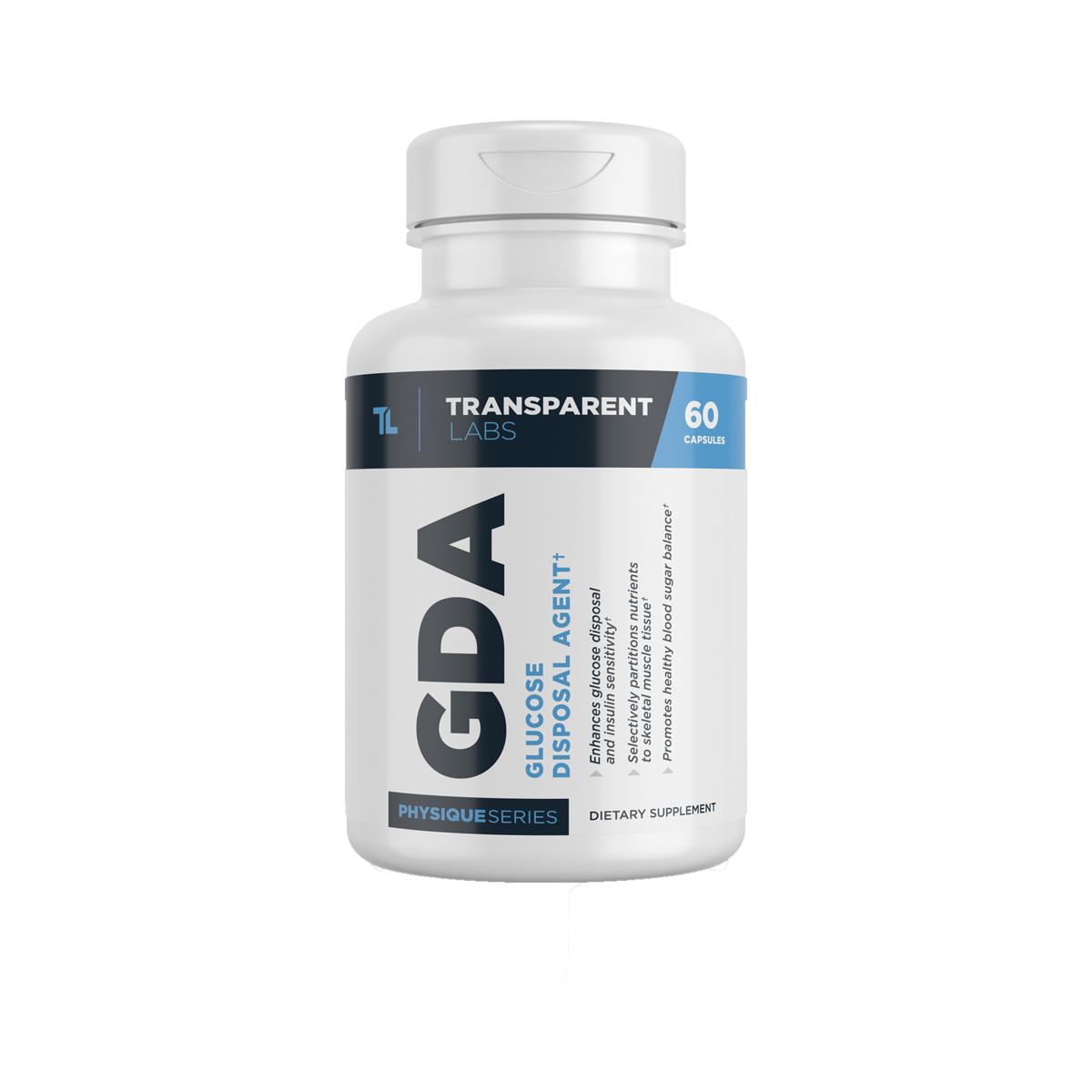All Exercise Is NOT Created Equally (4 Best Types of Exercise)
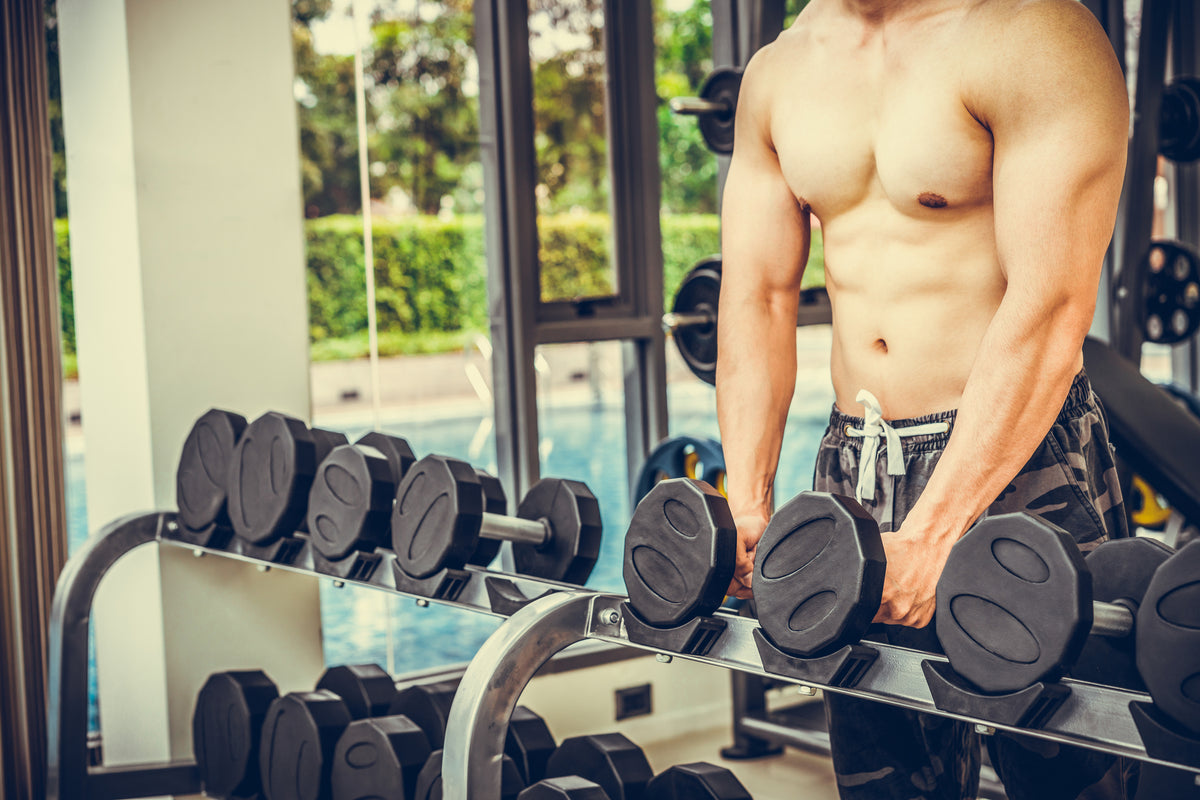
ALL EXERCISE IS NOT CREATED EQUAL - 4 MAIN TYPES OF PHYSICAL FITNESS
What if we were to say...
"Exercise is like a drug."
When you think about it in the right context, it's easy to make the comparison.
For example:
If you were to visit your doctor, with the objective to combat a particular sickness or symptom, say... high cholesterol, you would expect a drug designed to help counteract the effects of high cholesterol.
Right?
And by taking that drug, you would be right to anticipate that drug to affect specific physiological functions in your body that help to balance out high cholesterol.
Now, if you were to apply that same line of thinking to exercise and fitness, the analogy, "Fitness is like a drug", starts to make quite a bit more sense.
Exercise, much like a drug when used in the right way, with the right directions, and with the right consistency, produces very specific effects and changes in the body's physiology.
In fact, when used to promote better health and the cure of diseases, sicknesses, or symptoms, exercise provides a wealth of beneficial effects.
Exercise is supported by more and more medical studies pointing to its effectiveness in being able to work to counteract many of the world's leading causes of disease and sickness with:
- Virtually no side effects (always check with your primary care physician if you suffer from any pre-existing conditions, of course); and
- Being extremely affordable (in most cases, completely free)
BENEFITS PHYSICAL EXERCISE & FITNESS
"We get it, exercise is good. But... can you be more specific?"
You got it!
When it comes to exercise, benefits can be seen in every area of your body and mind, from mental to emotional and physical to physiological.
Here are just a few:
Mental Benefits of Exercise
- Exercise makes you feel better: exercise releases endorphins, helping to elevate your overall mood, make you happier and more positive, and improving your self-esteem
- Exercise relieves tension: by relieving tension in your muscles, exercise helps to solve deep-rooted symptoms relates to stress, anxiety, and depression
- Exercise increases pain tolerance: exercise will undoubtedly make your muscles sore (mostly, in the beginning), but as you continue to push yourself physically, your body learns to build a tolerance to this pain and soreness, which helps to increase your overall pain threshold
- Exercise increases your confidence: by relieving stressful tension and "taking care of your body", it helps to increase your sense of self-worth after finishing a tough workout
- Exercise improves brain power: by creating new brain cell connections, fitness helps your brain and mental capacity to become more powerful
- Exercise improves your character: by testing and pushing yourself to get through a tough workout, fitness helps to strengthen qualities of mental toughness, dedication, and determination
- Exercise increases self-discipline: while you learn to stay consistent with your workout routine, fitness helps to develop your skills of compliance, adherence, and perseverance, all of which result in positive effects in all areas of your life
- Exercise combats depression and anxiety: Using your energy in a more positive, effective, and self-help type of way helps to increase the production of "happy chemicals", which helps to increase relaxation and overall mood
- Exercise increases concentration: by training your body to be pushed outside its comfort zone, fitness significantly aids in boosting concentration and mental awareness
Physical Benefits of Exercise
- Exercise helps to lose or maintain healthy weight: exercise helps to combat the natural slowing down of our metabolism as we age
- Exercise helps to improve our immune system: fitness helps to reduce the impact of illness and chronic disease by enhancing a wide array of the body's natural biological processes
- Exercise enhances mobility & flexibility: by improving our body's strength, flexibility, posture, balance, and coordination, fitness works to improve overall body mechanics and body composition
- Exercises improves sleep: by releasing the built-up tension, stress, and anxiety, fitness helps to induce relaxation and mood, allowing for deeper and better overall sleep cycles
- Exercise increase strength: as your muscles start to develop and grow, you'll notice significant increases in strength, power, and performance
- Exercises increases stamina: regardless of which type of exercises you engage in, the longer you stick with it, you'll start to experience improvements in your stamina, endurance, and libido
The list goes on, and on, and on.
Again, these are a number of the most top-level benefits to exercise and fitness. If you're suffering from anything in your life, regardless of which area of your life the symptoms stem from...
Whether it be emotional, physical, social, or mental...
And regardless of your issues at work, home, or school...
Exercise works in miraculous ways.
Now... back to your doctor real quick...
If, when you visit your doctor, you were accidentally prescribed a drug designed to produce completely different results, say, lower high blood pressure...
...it would be safe to assume that you wouldn't make very much progress with regards to your high cholesterol symptom (but may very well experience other effects).
See where this is going?
When this train of thought is applied to fitness, it becomes quite easy to understand how doing:
- The wrong exercise...
- With poor form...
- Inconsistently...
While it may produce "an effect", it's certainly not going to get you any closer to your desired result, whether it be to build muscle, lose fat, or anything in between.
With all that said:
The goal of this guide is to help you better understand the simple concept:
"Specific Work = Specific Results"
Similar to how, when you're sick, you take a:
- Very specific type of drug...
- In a very specific dose...
- While following a very specific schedule...
- With the goal of experiencing hyper-specific beneficial effects...
NOT ALL EXERCISE IS CREATED EQUAL
For decades now, exercise has been one of the most, if not the most, frequently prescribed therapeutic remedies for both proactive and reactive health betterment.
And, there's quite a bit of irrefutable evidence detailing the beneficial effects of fitness, exercise, and physical activity.
In fact, according to one major study, researchers have shown that "both men and women who report increased levels of physical activity and fitness have reduction in relative risk of death by about 20-35%."
Hopefully, by now, you've had a few, "Ah-Ha!" moments:
- Fitness is like a drug
- Specific Work = Specific Results
- Fitness is... good (and necessary) for improved health
...we're going to get into the fun stuff!
Namely:
- The 4 types of physical fitness/activity
- The primary benefits of each type of exercise
- The best exercise examples of each type
THE FOUR PRIMARY TYPES OF FITNESS AND EXERCISE
The objective of this section is simple:to help you better understand the "scientific basis of exercise metabolism", which can help you become fit in a smarter way (instead of the harder way).
To help you better understand the "scientific basis of exercise metabolism". which can help you become fit in a smarter way (instead of the harder way).
In layman's terms, this is simply to help you differentiate which type of exercise helps you to achieve your specific fitness-related goals, so you can learn to become fit in a smarter way (instead of the harder way).
More important than anything is:
- The type of exercises you're doing
- The order of the exercises within your workout routine
- The duration/number of sets and reps of each exercise during each workout; and
- The specific goal you're trying to accomplish
Are crucial variables in influencing your metabolism, and thus, the results you're likely to achieve.
For example...
Working out (just for the sake of "working out") for thirty (30) minutes, four (4) times per week doesn't necessarily yield the same results as...
Working out for sixty (60) minutes, twice (2) per week...
Despite both workouts adding up to the same total number of minutes (240).
In fact, more important than the duration of your workout is everything that happens from the time you walk into the gym (park, home, or anywhere you choose to exercise) and start your workout and the time you complete your workout.
It's the intricate details of your workout regimen that helps you to achieve your specific results.
It's because of this, that we like to say:
"All Exercise Is Not Created Equally"
Below, you'll find a list of the four (4) most popular types of exercise, starting with "Aerobic / Cardiovascular" training.
AEROBIC / CARDIOVASCULAR EXERCISE
Aerobic exercises, better known as that good ol' "Cardio", is one of those things that most fitness lovers can understand having a "Hate-Love" relationship with.
You'll end up hating it, because... well, who loves Cardio?
But, you'll end up loving the results you start to see in the mirror because of it.
The aerobic side of fitness, however, relates to our body's circulatory and respiratory systems' ability to pump blood and oxygen to the rest of our body while we're working out.
The easiest way to remember aerobic-style exercise is by its simplest meaning, "Needing Oxygen".
Our muscles work in oxygen-rich environments and require increasing amounts of it as our resting heart rate increases during extended bouts of physical activity.
By breathing deeper, you help to supply your muscles with more oxygen, which is necessary.
And, as you likely know, performing any type of cardio-style workout requires quite a bit of deep breathing.
In order for an exercise to qualify as an "aerobic exercise", it needs to follow these four requirements:
- Is steady and nonstop
- Lasts a minimum of 12 minutes
- Has a comfortable pace
- Uses the muscles of the lower body
Here's the answer to your first question...
"Why 12 minutes?"
Believe it or not, 12 minutes is precisely the amount of time necessary for your body to start producing the fat-burning enzyme known as "Hormone-Sensitive Lipase (HSL)".
HSL helps your body to use fat for energy at the 12-minute mark. After the 12-minute mark, you'll start to see increasing returns for fat burning for each subsequent minute.
Primary benefits of Aerobic Exercise include:
- Increases blood flow, memory, and mental capacity
- Combats the aging process, while helping to fight against diseases like Alzheimers and stroke
- Increases circulation, helping to provide clearer and healthier skin
- Controls blood sugar and improves "good" cholesterol, while lowering the amount of fat in our bloodstream
- Increases oxygen supply, which allows our muscles to work harder and longer
- Increases muscle endurance, allowing them to be more adapt to an increased workout load (making daily activities seem "easier")
- Improves blood sugar control, which helps to decrease stress on the pancreas and the chances of developing type II diabetes
- Improves lung capacity, which helps to fight fatigue, shortness of breath, and chronic lung problems
- Improves range of motion in joints
- Decrease fat by aiding in overall calorie expenditure (more calories out than in equals fat loss)
- Increases bone and joint strength, helping to fight osteoporosis and potential fractures
- Decreases discomfort stemming from arthritis
Who would have thought that all of the above can be achieved, to some extent, by getting out and replacing (at minimum) only twelve (12) minutes of your time each day to pump your legs?
Get out and move!
Primary Aerobic/Cardio-style exercises:
Now that you know the "what" and "why" or aerobic exercise, below, we're going to give you a nice long list of the "how" (we'll bet you didn't realize some of your daily activities qualified!):
- Moderate Exercises:
- Walking (3 mph)
- Cleaning (vigorously)
- Mowing the lawn (push mower)
- Bicycling (10-12 mph)
- Ballroom dancing (fast)
- Golf (pulling your own clubs)
- Swimming (leisurely)
- Aerobics (low impact)
- Calisthenics (beginning yoga)
- Racquetball (casual)
- More Vigorous Exercises:
- Jogging
- Rowing
- Running (12 min. mile pace)
- Hiking (rigorously)
- Shoveling snow
- Basketball
- Tennis (singles)
- Skiing (cross country)
- Bicycling (12-14+ mph)
- Aerobics (high impact)
- Calisthenics (push ups)
- Jumping rope
- Stair stepper
Boom!
All-in-all, this sections serves as the perfect introduction to Aerobic-style exercise, while providing you with all necessary details to get out and start pumping some blood to your muscles!
(remember: 11:59 worth of exercise doesn't count... only kidding!
ANAEROBIC EXERCISE
Don't get "Anaerobic" and "Aerobic" confused.
Separated by only by 2 letters ("na"), and a whole lot of oxygen, these two types of exercise couldn't be more different!
Anaerobic exercises, contrary to Aerobic exercises, means "lack of oxygen", and occurs when your muscles are working in an oxygen-deprived state, as opposed to an oxygen-rich state (like aerobic).
When deprived of ample oxygen stores, your body starts to burn energy at a heightened rate, causes your body to naturally start producing "sugar/glycogen-producing" enzymes.
To take it a few steps further (warning: scientific explanation ahead), MedFitness describes the process of anaerobic exercise as:
"High-intensity exercise is by definition anaerobic. The bulk of ATP for anaerobic exercise comes from glycolysis. The glycolytic process requires that muscle cells break down glycogen to glucose via the glycogen phosphorylase pathway. However, in high-intensity anaerobic exercise, the body initially uses up all of the glycogen in the skeletal muscle and the liver through the glycolysis pathway, creating build up of lactic acid. There are two mechanisms of muscle fatigue that limit action in high-intensity training: fatigue due to depletion of phosphocreatine and fatigue due to lactic acid-induced muscle acidification."
For the most effective fat-loss results, anaerobic exercises should contain workouts lasting 30+ minutes in order for the specific "macromolecules" to be metabolized (which needs to happen before fat can then predominantly metabolized, resulting in more fat loss).
It's important to note that during anaerobic exercises the first energy supply to be depleted is sugar/glycogen, which is what helps to provide quick bouts of energy for short periods of time.
Hence, it's effectiveness for HIIT training, sprinting, and circuit training.
As it relates to overall effectiveness and benefits, anaerobic exercises help to produce quite a few of them.
Primary benefits of Anaerobic Exercise include:
- Improves muscle strength: intense, short bursts of anaerobic movements help to increase the amount of "fast-twitch" muscle fiber in the body (these fibers are what provide that extra "oomph" when you need additional power and acceleration)
- Increases muscle mass: the intense bouts of exercise required for effective anaerobic exercise causes "micro tears" in the muscles used most prominently. These micro tears, as they repair themselves, result in the muscles growing stronger, more toned, and larger in overall size
- Increases metabolism: as the saying goes, "muscle tissue is hungrier than fat". Through anaerobic training, muscle tissue grows hungrier, which helps to boost the metabolism. The several hours immediately after high-intensity anaerobic exercise is when the muscles are most "hungry", which allows them to burn more fuel (fat) than they do in periods of rest (without exercise prior)
- Increases Max VO2: this is the maximum amount of oxygen the body is capable of consuming during a period of intense physical activity, which increases over time the more often anaerobic exercise is performed. Over time, this helps to provide more readily available oxygen for subsequent training sessions, resulting in significantly increased endurance and stamina
- Decreases soreness: while becoming sore after an intense anaerobic workout is inevitable for beginners, it starts to decrease more and more with every intense exercise, and over time, helps to build a tolerance to the lactic acid build-up (that causes soreness in the first place)
- Improves energy: as you perform various high-intensity anaerobic exercises, the body relies on stored glycogen in the muscles for energy. By increasing the amount of anaerobic activity in a workout regimen, it increases the body's capacity to store glycogen, allowing more and more energy to become available when needed
- Increases bone strength and density: anaerobic exercises, more than any other type, helps to increase the density of bones, which helps to fight the war against osteoporosis as the body ages
- Increases joint protection: as the body starts to build more strength and muscle, it helps to build more protective barriers for the body's joints
- Decreases blood sugar: everything we eat gets converted to sugar, which is then either burned as energy immediately, stored in the muscles (as glycogen) or stored in the rest of the body as fat. The more glycogen required for fuel, the more the body starts to convert food into glycogen, which helps to regulate the body's natural insulin production (helping to avoid blood sugar spikes)
- Increases overall ability to perform daily tasks: when in shape, the demands of daily life start to become easier and easier over time. With improved strength and capacity for bursts of energy when necessary, anaerobic exercise is perfect for the daily busy-bee
After your first couple weeks of anaerobic exercise, you'll start to see how these various benefits (above) start to develop in your own life.
There are few things in life that compare to living a healthy life.
Primary Anaerobic-style exercises:
- Sprinting
- Climbing
- Heavy weightlifting
- Interval training
- Circuit training
- High-Intensity Interval training (HIIT)
- Tabata circuits
- Any other rapid burst of high-intensity exercise
JOINT FLEXIBILITY EXERCISES
Joint Flexibility, another one of the "unsexy" forms of exercise, refers to the training of the range of motion available at your joints.
Specifically at your:
- Knees
- Shoulders
- Hips
- Ankles
- Wrist
- Elbows
Because flexibility has specific needs for each joint, there aren't necessarily specific standards to follow for each joint, as there are for various aerobic and anaerobic exercises regimens.
However, it's easy to measure and track your progress with simple exercises like the:
- Sit and reach
- Standing single-hamstring stretch
- Standing double hamstring stretch
- Seated side head-to-knee stretch
- Wide-legged forward bend
- "Camel pose": and
- "Downward dog"
These stretches, along with the (literally) thousands of others, for virtually every joint and muscle group in your body, are attributed to a world of benefits when kept up with routinely as part of a daily routine.
Primary benefits of Joint Flexibility Exercises include:
- Increased circulation: stretching helps to stimulate blood flow to the muscles in the area of the body being stretched, which helps to supply the specific muscle group with oxygen and essential nutrients. As an added bonus, it also helps to carry waste away from the muscles, allowing them to be able to perform at their highest levels during the next exercise session
- Greater flexibility: stretching helps to by loosen and lengthen muscles while increasing range of motion in the surrounding joints
- Better balance: stretching increases range of motion in the joints, which helps to build a stronger and better sense of balance to easily remain centered through various motions
- Decreases stress levels: routine stretching helps to reduce the body's stress and helps increase relaxation by enhancing circulation and relieving physical tension in the muscles
- Reduces risk of injury: stretching greatly helps to protect the body against injury by allowing the loosened and lengthened muscles to move more freely (reducing chances of tears, sprains, and snaps)
- Reduces pain: a consistent stretching routine helps to fight low back pain, muscle aches, and joint pain by eliminating poor posture and muscle tension
- Increases overall energy: the increased blood flow resulting from a proper stretch plays a dramatic role in overall energy and mood by supplying muscles with glucose, nutrients, and oxygen (from the blood flow)
- Increases mobility: as we age, mobility starts to quickly decline. However, consistent stretching from day to day helps to keep our muscles supple and flexible to help maintain an active lifestyle
- Improves posture: by placing more value on "how you carry your body", stretching helps to prevent poor posture, skeletal problems, back pain, and more. Stretching, over time, helps to reverse the damaging effects of bad posture, while helping to re-align the spine and improve overall body mechanics
- Increases exercise performance: the increased energy levels from stretching helps to maximize workout performance and output, while the better balance obtained from stretching helps to improve overall form with regard to specific workout movements, allowing for better overall results
Primary Joint Flexibility Exercises
- Butterfly groin stretch
- Lying hip stretch
- Lying quad stretch
- Calf stretch
- Shoulder stretch
- Calf stretch
- Spinal twist stretch
- Knees to chest stretch
- Cat stretch
- Side trunk stretch
- Back extension stretch
- Forward lunge stretch
- Side lunge stretch
- Sitting hip stretch
- Hamstring (sitting) stretch
- Hamstring (supine) stretch
- Hamstring (standing) stretch
- Calf (gastroc) stretch
- Calf (soleus) stretch
- Quadriceps (side lying) stretch
- Quadriceps (standing) stretch
- Arm-out chest stretch
- Wrist flexion stretch
- Wrist extension stretch
- Shoulder overhead stretch
- Shoulder posterior stretch
- Shoulder flexion stretch
- Neck (side) stretch
- Neck (front and back) stretch
As you can see, there are an uncountable number of stretches that you can perform on each body part.
By adding the aerobic and anaerobic elements to your workout regimen, it simply makes perfect sense to take the time to create a proper stretching and flexibility element to your routine, that allows you to loosen, lengthen, and improve each and every muscle group in your body.
By adding this, you'll start to see a whole lot more than just better range of motion, when you're performing your workout!
MUSCULAR ENDURANCE AND STRENGTH EXERCISES
Ah... the pot at the end of the rainbow.
This style of exercise strictly refers to how we train our muscles to perform (and continue to perform) without fatigue.
Similar to Flexibility, the Muscular Strength component of fitness is also highly specific in nature, due to a wide array of muscle groups in the body.
In order to test your progress here, you simply need to track your strength progression over time.
For example, tracking your ability to perform 6 back squats at 135 pounds one week, then 8 back squats at 155 pounds the next week.
Typically, your assessment will focus on the number of repetitions and amount of weight that can be performed by a given muscle group. But, the most efficient means of assessing your progress involves the "1 rep max" exercise, where you perform a given exercise with as much weight as you can while maintaining safe and proper form.
Simply put, this element of fitness refers to the muscles' ability to exert force.
Over time, this is often the set of benefits that most people love to realize most.
Why?
Mainly because it involves seeing better results in the gym, filling out your tee shirts a little more, looking better naked, and generally feeling more healthy than every before.
The primary benefits of Muscular Endurance and Strength Training include:
- Improved posture
- Better Balance
- Reduced Injury risk
- Increased strength
- Enhanced core stability
- Improved flexibility
- Healthier blood
- Increased mental fitness
- Greater stamina
Primary Muscular Endurance and Strength Exercises
- Weightlifting
- Bodyweight Exercises (push ups, pull ups, sit up, squats, lunges, etc)
- Martial Arts/Boxing
CONCLUSION
There we have it!
With all of the above information, we hope you've come to have a better appreciation for the idea that:
"All Exercise is NOT Created Equally"
Understanding all of the information above is a brilliant step forward in your ability to build a proper exercise routine, one that contains various elements of each of the 4 core elements of fitness.
By doing so, you're going to find that reaching your fitness-related goals, whether it be to add 15 pounds of lean muscle mass or losing 40 pounds of pure fat, is going to be infinitely more achievable by:
- Implementing the right type of exercises
- In the right order
- With the right consistency
As always, we encourage you to leave any questions or comments below, as you start to build out your own workout routine!

